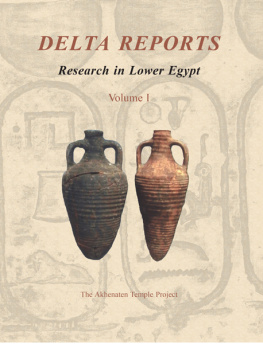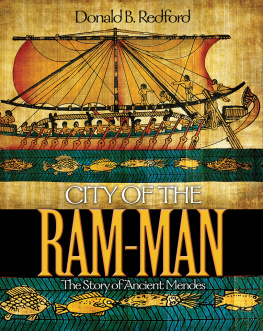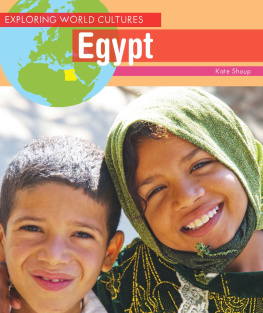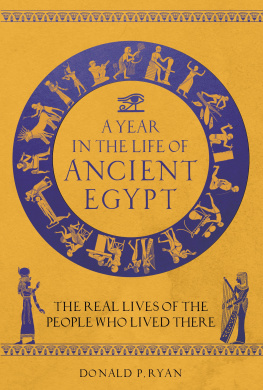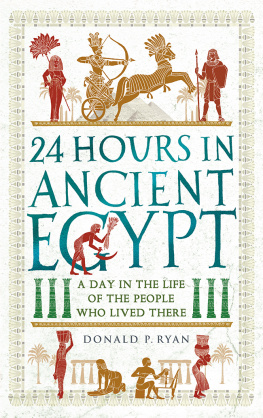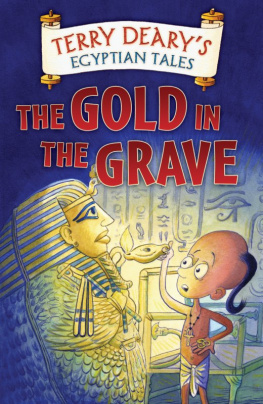Donald B. Redford - Research in Lower Egypt
Here you can read online Donald B. Redford - Research in Lower Egypt full text of the book (entire story) in english for free. Download pdf and epub, get meaning, cover and reviews about this ebook. year: 2009, publisher: Oxbow Books, genre: Non-fiction. Description of the work, (preface) as well as reviews are available. Best literature library LitArk.com created for fans of good reading and offers a wide selection of genres:
Romance novel
Science fiction
Adventure
Detective
Science
History
Home and family
Prose
Art
Politics
Computer
Non-fiction
Religion
Business
Children
Humor
Choose a favorite category and find really read worthwhile books. Enjoy immersion in the world of imagination, feel the emotions of the characters or learn something new for yourself, make an fascinating discovery.
- Book:Research in Lower Egypt
- Author:
- Publisher:Oxbow Books
- Genre:
- Year:2009
- Rating:5 / 5
- Favourites:Add to favourites
- Your mark:
- 100
- 1
- 2
- 3
- 4
- 5
Research in Lower Egypt: summary, description and annotation
We offer to read an annotation, description, summary or preface (depends on what the author of the book "Research in Lower Egypt" wrote himself). If you haven't found the necessary information about the book — write in the comments, we will try to find it.
Research in Lower Egypt — read online for free the complete book (whole text) full work
Below is the text of the book, divided by pages. System saving the place of the last page read, allows you to conveniently read the book "Research in Lower Egypt" online for free, without having to search again every time where you left off. Put a bookmark, and you can go to the page where you finished reading at any time.
Font size:
Interval:
Bookmark:
Published by
Oxbow Books, Oxford, UK
Oxbow Books and the individual authors, 2009
ISBN 978 1 84217 244 5
EPUB ISBN: 978 1 78297 271 6
PRC ISBN: 978 1 78297 272 3
A CIP record for this book is available from the British Library
This book is available direct from
Oxbow Books, Oxford, UK
www.oxbowbooks.com
and
The David Brown Book Company
PO Box 511, Oakville, CT 06779, USA
(Phone: 860-945-9329; Fax: 860-945-9468)
or from our website
www.oxbowbooks.com
Printed in Great Britain by
The Information Press, Eynsham
Oxfordshire
CONTENTS
|
|
|
|
|
DELTA REPORTS I
Preface
With this first volume of Delta Reports we achieve a goal of long-standing, viz. to make available in an interim, though detailed, form the results of the substantial archaeological work which has been undertaken in the Delta over the recent decades. The material from the excavations of Mendes which comprises all of the present volume used to enjoy dissemination through the ATP Newsletter (discontinued two years ago), under the aegis of the Akhenaten Temple Project; but the limited format and brevity of this organ prevented the publication of detailed reports. Final publications of digs often suffer from delayed contributions, postponement though fear of finality, funding impediments and a host of unforseen problems. The format and extent envisaged for Delta Reports, poised between final and interim, will, it is hoped, surmount any such difficulties and in some cases obviate the need for a final publication.
The archaeological results set forth in the present volume come from work done in and around the temple of Ba-neb-djed in the North-west temenos at Tel er-Ruba (Mendes). The seasons devoted to these excavations encompass the summer campaigns of 1996, 19982001, and 20034; while Matthew Adams important contribution to the Old Kingdom stratigraphy and ceramics reflects the expeditions of 2001 and 20035. Alicia de Rodrigo and Rexine Hummel offer specialized studies of two caches of pottery, one from the 19th Dynasty and the second from the early Roman period. Finally, Frank Holt analyzes a group of significant coins which help delineate the final days of the temple of the ram.
We welcome submissions from anyone working in the Delta, and encourage contributions for Delta Reports volume II. Part of the latter will be given over to the Old Kingdom Temple, the collapse of the Sixth Dynasty and the onset of the First Intermediate Period. Special reports will deal with the geology of the site, and palaeo-botanical remains. My warmest thanks go to all the contributors of this volume, and to my former student Kyle Long, who edited the MS.
Donald Redford
AN INTERIM REPORT ON THE TEMPLE OF THE RAM-GOD AT MENDES
Donald Redford
The early campaigns at Tel er-Ruba/Mendes, from 1992 to 1995, were devoted to the excavation of the royal necropolis in Field AL, due east of the main temple. It was not until 1994 that the decision was taken to transfer our efforts to the elucidation of the Baugeschichte and context of the main temple of the ram-god, Ba-neb-djed. Consequently, between 1995 and the present, all but two seasons were devoted to the main temple area. The first three were conducted under the aegis of the University of Toronto, the remainder under the sponsorship of the Pennsylvania State University. These investigations are ongoing.
The gazeteer contained within the stela of Ptolemy II
THE FIRST PYLON AND FORECOURT
The date of the pylon would have been difficult to ascertain archaeologically. We attempted to retrieve a foundation deposit in the east wing, but found that everywhere, east and west, the sand-fill had been churned up. Sections revealed pits and declivities in the sand, back-filled with limestone chips, where robbers had removed blocks for the lime kilns ( the latter must attest the presence of Naville in the late 19th century.
Two items of inscriptional evidence helped to clinch the date of the first pylon. One was a limestone block, long known,) was uncovered in the 1994 campaign on a block from the east wing of the pylon. Here a horizontal band of text reads Mr.n-[pt]. Although additional fragments of limestone have turned up in the foundation sand, some painted, no further clue was recovered as to how the facade of the pylon had been decorated. But that it was the work of the 19th Dynasty cannot now be denied.
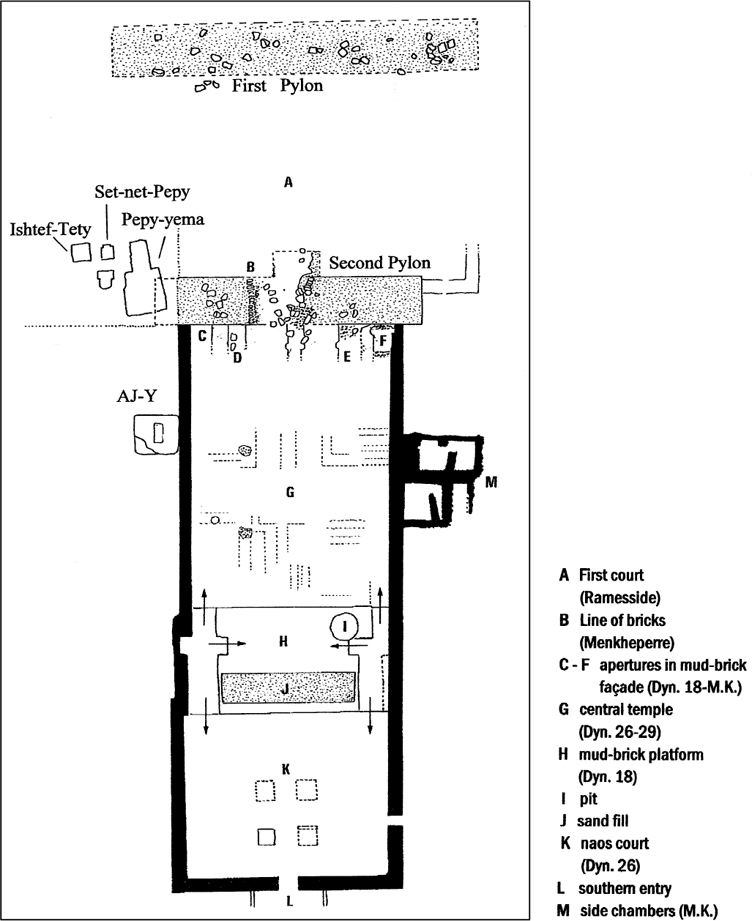
FIG. 1. Plan of the temple of Ba-neb-djed, Tel er-Ruba, showing distribution of identified pylons, rooms and other components, as of summer, 2005.
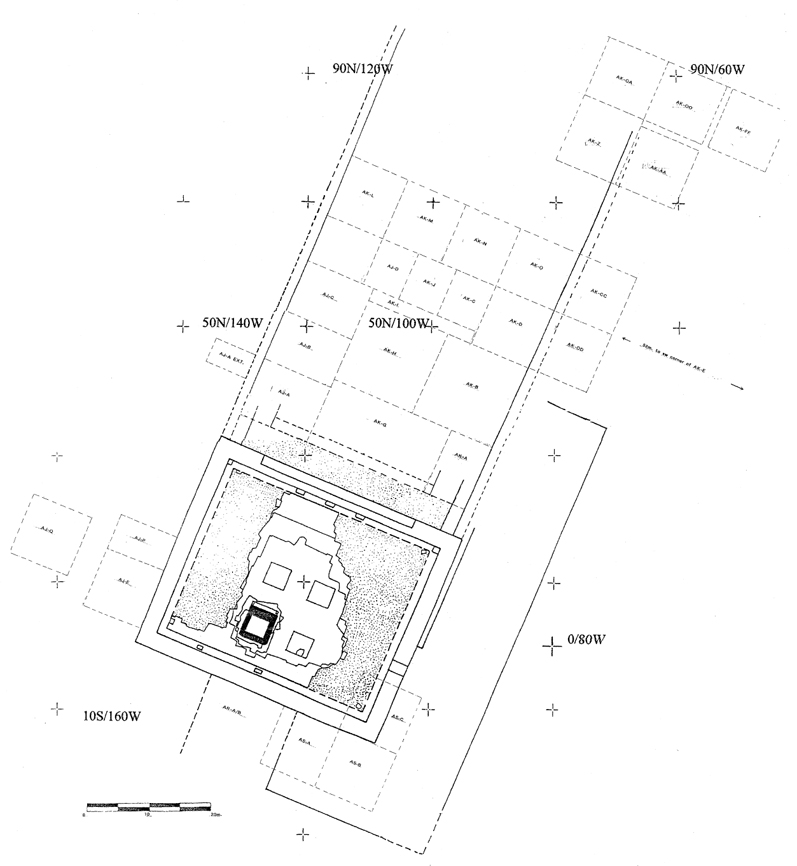
FIG. 2. Plan of the temple of Banebdjed currently under excavation, showing distribution and identity of the excavation units to date.
THE SECOND PYLON
The rear, i.e. the southern side, of the first court is denuded. A block still in situ on the main north-south axis of the temple indicates the erstwhile presence of an outwork in which was set a gate, and to this probably once belonged an adjacent block of diorite incised with the cartouche of Ramesses II. But the lateral surface in which it was once set is in a sad state of preservation. In fact it appears to be a lateral east-west mound, about 5 meters wide north-south on both sides of this putative gate.
Under excavation (units AK-00 and AK-AA) this lateral mound turned out to be the northern edge and last surviving spit of stratification fronting the temple (now gone) of Middle and New Kingdom date.).
The author of these constructions is not in doubt. In unit AK-00, flush with the northern edge of the 10-meter wide foundation trench, was found a foundation deposit; and 10 meters due west in the same position a second and almost identical deposit came to light. Each deposit contains 15 amulets of faience, 10 small pottery vessels, and a stone brick with the cartouche of Merenptah ().
It appears certain, then, that in the outgoing 19th Dynasty a second pylon stood about 35 meters south of the first pylon; and that both were claimed to be the work of Merenptah. To judge, however, by the gate block just behind the first pylon, and the diorite jamb belonging to the second, Ramesses II himself laid an equal claim to the construction of both. Moreover, it is curious that Merenptah did not secrete his foundation deposits, as would normally be the case, in the foundational sand,
THE CENTRAL PART OF THE TEMPLE
The second constructional unit of the temple, i.e. that lying behind (south of) the second pylon is arguably the oldest in the complex. It occupies a stretch of ground approximately 60 meters in extent north-south, immediately to the north of the (later) naos court of Amasis and its approach. In this swath of ground the architects, most probably during the reign of Amasis, had excavated a sort of trough, 40 meters wide (i.e. the width of the temple) to a depth of between 2 and 2.5 meters, thus destroying much of the then-existing occupational accumulation dating from the Middle and New Kingdom. The cavity thus created was back-filled with clean building sand, poured in mainly, to judge from the tip-lines, from the eastern side, to support the weight of a superstructure consisting of flooring, columns and walls. None of this survives in situ. Prior to our excavation the surface of this area comprised sand mixed with shattered fragments of limestone, granite and quartzite, lamentable evidence of the pillaging the temple has suffered. This rubble layer ranged from 1.25 to 2.0 meters in depth, and represents the smashing up of the temple in late mediaeval times.
Next pageFont size:
Interval:
Bookmark:
Similar books «Research in Lower Egypt»
Look at similar books to Research in Lower Egypt. We have selected literature similar in name and meaning in the hope of providing readers with more options to find new, interesting, not yet read works.
Discussion, reviews of the book Research in Lower Egypt and just readers' own opinions. Leave your comments, write what you think about the work, its meaning or the main characters. Specify what exactly you liked and what you didn't like, and why you think so.

